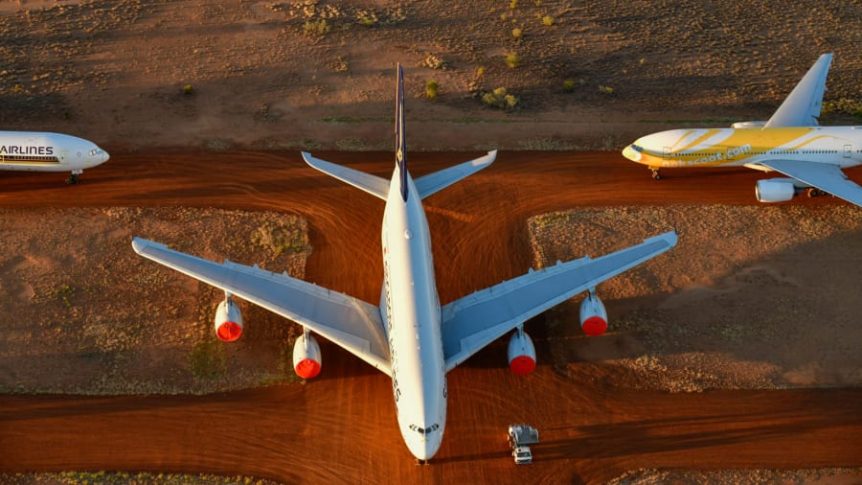As global travel halted due to the pandemic, the aviation industry was forced to ground over two-thirds of its commercial fleet, giving rise to a meticulous aircraft restoration process. Vast aircraft storage facilities like Asia Pacific Aircraft Storage (APAS) became essential hubs for preserving idle jets in low-humidity environments. By late 2020, these facilities reached near capacity, with expectations for continued growth into 2021 and beyond.
Restoring hibernated planes is a complex, labor-intensive operation. The process begins by carefully removing protective coverings from vital systems such as engines, sensors, and air intakes. Tapes, plugs, and engine covers are meticulously detached to prevent contamination from dust, water, insects, or debris. On average, it takes over 100 staff-hours to restore a wide-body aircraft and approximately 40 hours for a narrow-body jet.
After initial inspections and cleaning, certified engineers conduct detailed engine run-ups based on strict procedures outlined in maintenance manuals. These tests are designed to confirm that each engine is performing within optimal parameters. Only aircraft that pass all evaluations are cleared for return to service. Those that fail must undergo additional maintenance before receiving airworthiness certification.
According to Mike Corne, Commercial Director at eCube Solutions, compliance with every step of the aircraft restoration process is vital to ensure safety. Restoration is authorized only for companies approved by national airworthiness regulators, and oversight is rigorous due to the high risks involved in reactivating long-dormant aircraft.
The return of aircraft to active service depends on market demand. Popular models like the Boeing 737-800 are expected to rebound quickly due to their efficiency and continued relevance in short-haul travel. Some aircraft may also be converted into cargo freighters—a trend accelerated by the global surge in e-commerce and medical supply logistics during the pandemic.
Aircraft reactivation has implications beyond mechanics. Pilots must undergo retraining, software systems often require updates, and safety checks extend to cabin systems and landing gear. The goal is not only to restore flight capability but to ensure the aircraft operates as safely and reliably as before grounding.
As global travel resumes, the aviation industry is closely monitoring how long-term storage impacts aircraft longevity. The restoration process is more than a restart—it’s a reawakening of a fleet ready to soar again, with renewed safety standards and operational resilience.
Photo Credit: Steve Strike/Getty Images

